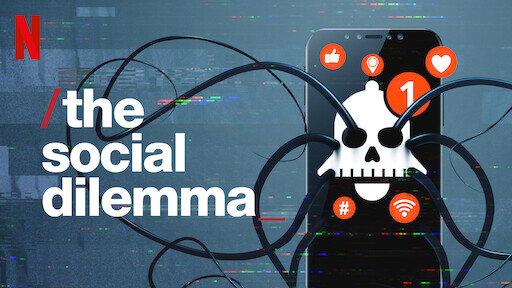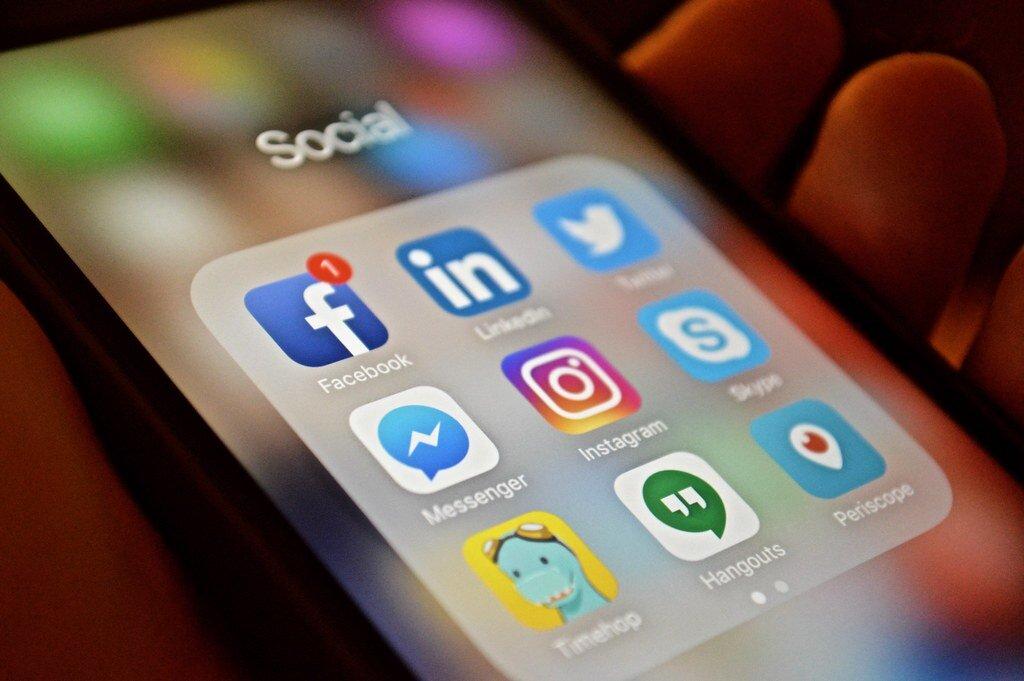The Netflix film,‘The Social Dilemma’ is a documentary featuring the fears of many technology users in the year 2020. Exploring the routes that technology has taken, specifically social media, and how manipulative it has become. This hour and 32-minute film unravels the effects of the additivity apps have over the human mind. A featured speaker of this documentary is Tristan Harris, a Santa Rosa local with a lot of industry secrets, divulged it for all to hear.
Harris is billed as having worked for Google as their former design ethicist and is now the co-founder of the Center for Humane Technology. He is a key figure and a prime source of so many underhanded tactics used by social media apps to trick the consumers. Harris describes features used against users by saying, “Persuasive technology is just sort of design intentionally applied to the extreme, where we really want to modify someone’s behavior. We want them to take this action. We want them to keep doing this with their finger [swipe up].”
This film is both informative and a drama, waggling its finger in the faces of all those who view it, for we all have fallen prey to social media. The algorithms manipulate users, the advancements made every year are never for the good of consumers. The questions raised during The Social Dilemma rotate around that. Who is the true consumer, why are applications made to be enjoyed only there to hurt us? Harris answers using the classic saying, “If you’re not paying for the product, you are the product.” That is the point of this documentary, a wake-up call for all users, that this is not for fun, this is for profit. Simple ideas such as the infinite scrolling that can be enjoyed on applications such as Facebook or Twitter, it is meant to keep your eyes on the screen, the screen is on, which means money is being made somewhere.
Radicalization, racism, violence, these topics trend and are monetized, as shown in the hyperbolic but believable drama sketch through The Social Dilemma. Suicide rates among young women have dramatically increased due to social media. Jonathan Haidt explains that since social media rose to power, around 2011, suicide rates soared.
“[Suicide Rates among] the older teen girls 15 to 19 years old, they’re up 70% compared to the first decade of this century. The pre-teen girls, who have very low rates to begin with, they are up 151%, and that pattern points to social media.” It’s all by design, as anonymity behind the screen has created a toxic environment. The Social Dilemma pulls no punches as to how quickly the features in everyday apps are used to buzz us, remind us of the inadequacies so we keep coming back. It is a treacherous cycle
The film was meant to premiere before the pandemic started, but once the theaters shut down, only then did Netflix look for more opportunities to glue eyes to their screens. The Social Dilemma was a lucky feature, growing larger than life as a film for the entire family, warning those new to the tech age what the future may hold. As Harris said in an interview after the fact with Andrew Yang, “Time is the finite resource that we all share and it’s the ultimate neutral, you know, the flat leveling playing field that we all have to operate on if you have a company competing for that you’re going to end up with these problems.” The film notes how important it is to sit down for a moment and understand what is truly going on behind the ones and zeros, understand how you can fix your own dilemma.




































